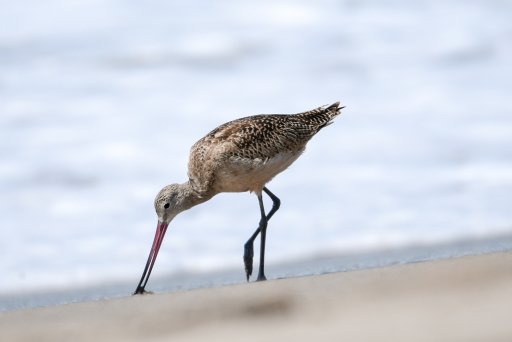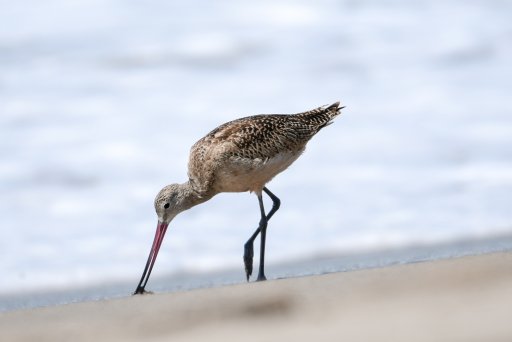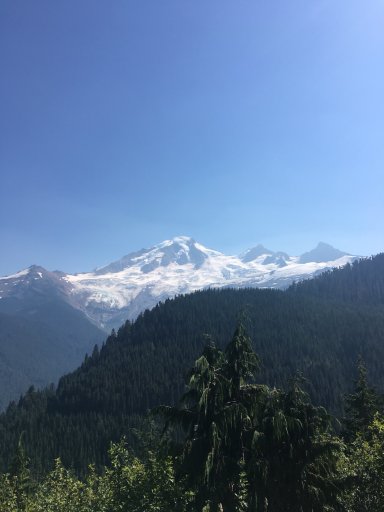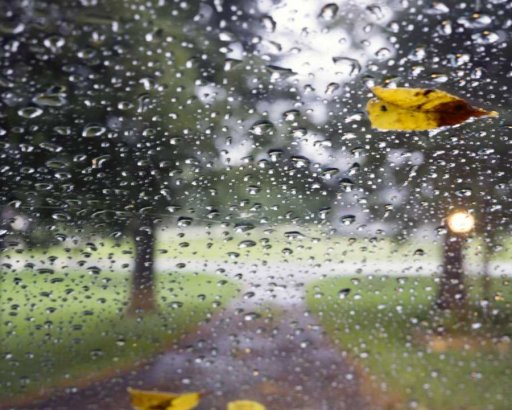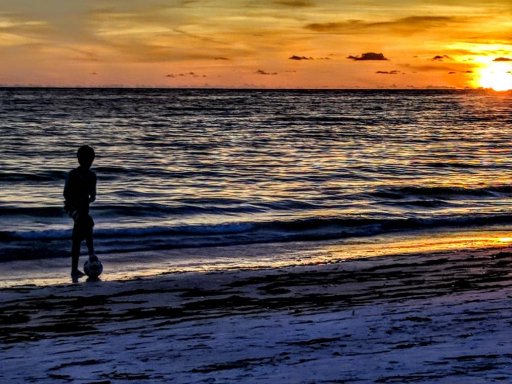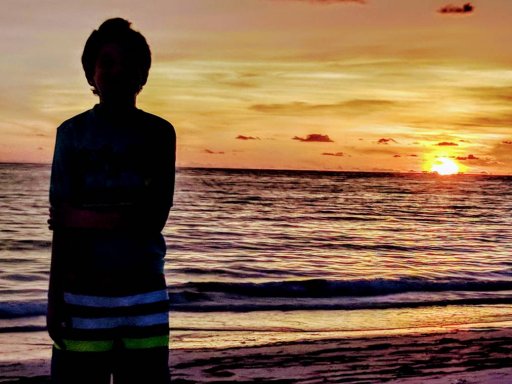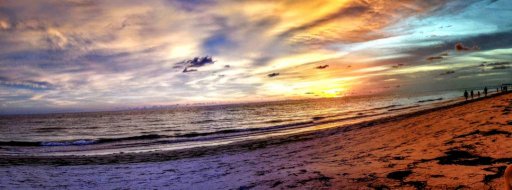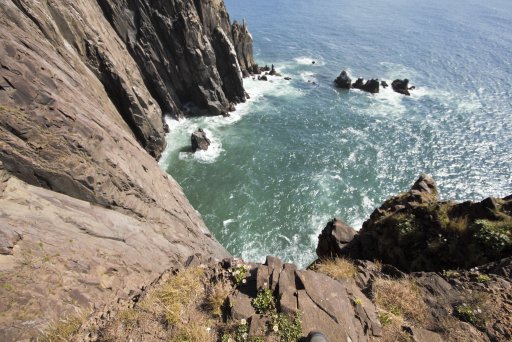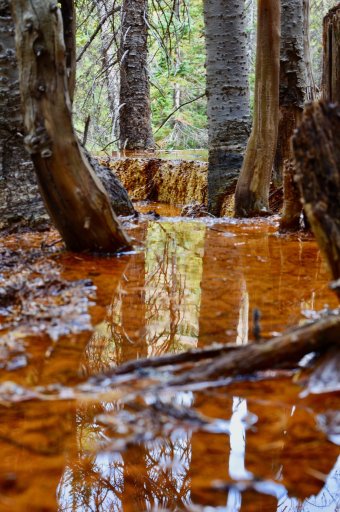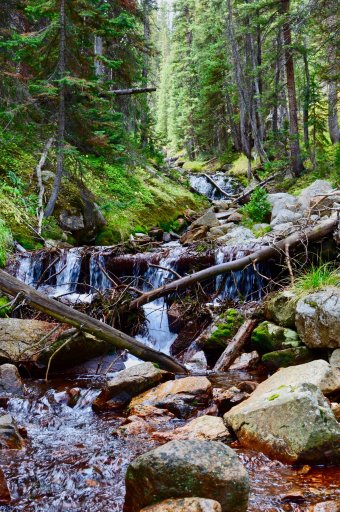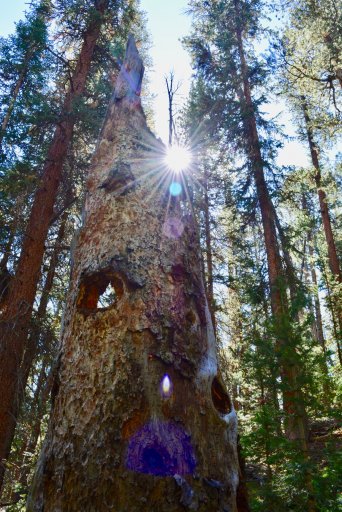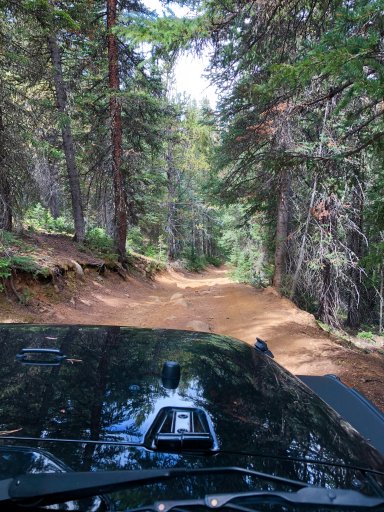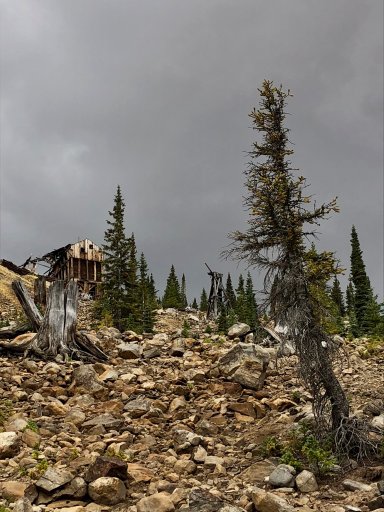Beautiful photo. Very nice use of perspective.
-
Forum Upgrades: Whats Going On? Video

Member III
Definitely NatGeo quality
Santa clara marine estuaryPost nature photos in this thread!
Attachments
-
445.7 KB Views: 27
Santa clara marine estuaryPost nature photos in this thread!
Attachments
-
445.7 KB Views: 29
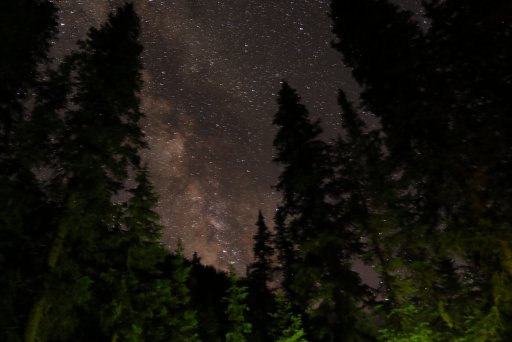

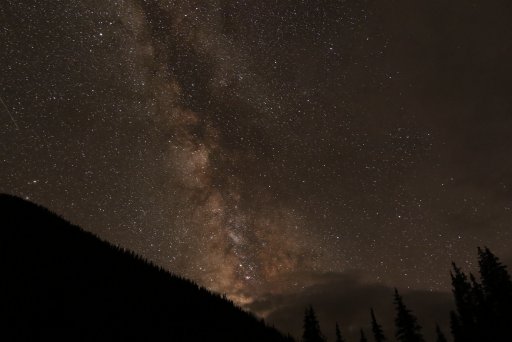
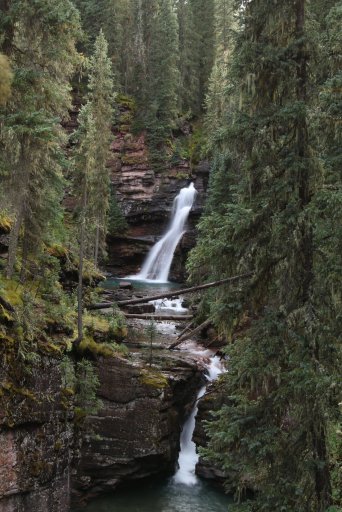
Hey @RichieFromBoston sorry about the delayed response I have been exploring the San Juan Mts from Ouray to Durango this last week. What a time this was. To better explain how I shoot the milky way there are certain things to take note while trying to get the milky way to expose herself.Ok HOW did you get this pic? Ive tried dozens of times to no avail. I have a nikon p900 and a sony 4K video cam whats the secret here? new camera?
1st - Finding a nice dark place with little to no light pollution DarkSitefinder.com has a really good map to seek-out locations Big Bend TX is about as dark as it gets.
2nd - Moon cycle New moon is the best b/c little to no light pollution but not necessary Full moon is really hard with the extra light in the sky
3rd - Finding out what time the milky way is visible in your location. Stellarium is a planetarium software that shows exactly what you see when you look up at the stars. It's easy to use, and free if you go to stellarium.org
After all these 3 things have been researched Camera settings are as followed on my camera equipment.
Use a Tripod and Wide angle lens on camera that has a (Low F-stop 1.4 thru 2.8) My lens I use is the Tamaron 15-30mm F2.8 with a Canon 7D Mark II
My camera settings are as followed below:
F2.8
30" second exposure
ISO 1600-5000 depending on how bright I want the picture to look.
The hardest thing about astrophotography is getting the stars to look sharp but with practice and patience anyone can do it.
Please feel free to reach back out to me if you have any other questions. I will try and post a Milky way shot or 2 from my trip to the San Juan National Forest Colorado this last weekend for reference.
Last edited:
Simply... wow.Mt. Baker, Glacier Washington
View attachment 67774
It’s crazy, you feel so small when you are looking out at it. These pictures don’t do this place justice!

Influencer I

Milky Way over the Sneffels Range outside of Telluride.

Contributor I
I'll have to keep an eye out for you when I'm back up there, you take some dang good photos.Heck yeah they are!

Traveler III
Beautiful pic!Mt. Baker, Glacier Washington
View attachment 67774

Enthusiast III

Pathfinder I
I may be wrong but is that an abandoned mine in AZ?View attachment 68335 View attachment 68336 Of course, there's the getting there part...
It's actually in CO. It's part of the old Pennsylvania Mine.I may be wrong but is that an abandoned mine in AZ?

Member III
Great shots Clang.A couple from the last couple of weeksView attachment 68332 View attachment 68333 View attachment 68334

Off-Road Ranger I
The best part? Waking up every morning seeing that beautiful peak.Simply... wow.


